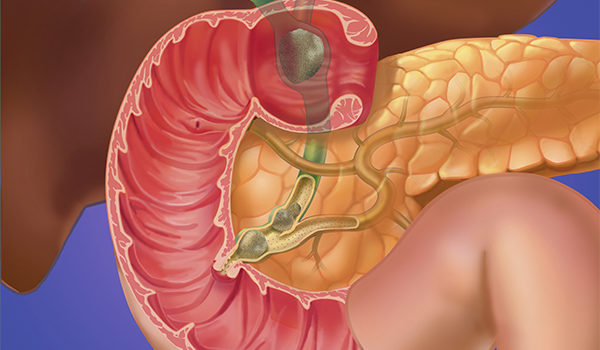

Top Procedures Performed at U.S. Urgent Care Centers in 2014
Data from the 2014 Urgent Care Chart Survey of 1,778,075 blinded visits by patients to more than 800 different urgent care clinics, conducted by the Journal of Urgent Care Medicine, reveal that the top 3 procedures performed at U.S. urgent care centers in 2014 were as follows, in descending order: • Medication administration (vaccine, IV, steroid injection, anesthesia)—59.7 million procedures (39.8% of visits) • Rapid diagnostic tests and cultures—44 million procedures (29.4% of visits) • …
Read MoreTop Classes of Prescriptions Written at U.S. Urgent Care Centers in 2014
Data from the 2014 Urgent Care Chart Survey of 1,778,075 blinded patient visits to more than 800 different urgent care clinics, conducted by the Journal of Urgent Care Medicine, show that for almost half of visits (48.6%) to U.S. urgent care centers, the prescriptions written by health-care providers are for oral antibiotics. The next 4 classes of prescriptions written are as follows, in descending order by percentage of visits: corticosteroids (13.7%), narcotic analgesics (9.9%), cough …
Read More
July/August 2015

June 2015
Top Types of Diagnosis Codes at U.S. Urgent Care Centers in 2014
Data from the 2014 Urgent Care Chart Survey of 1,778,075 blinded patient visits to more than 800 different urgent care clinics, conducted by the Journal of Urgent Care Medicine, show that the top types of diagnosis codes for visits included respiratory (52.9%), wound/trauma/fracture (34.9%), ear (9.2%), dermatologic (7.5%), and genitourinary (7.0%). The survey’s methodology and data abstraction forms were initially designed in 2008 by researcher Robin M. Weinick, PhD, then an assistant professor at Harvard …
Read MorePresenting Conditions Documented in Patient Charts at U.S. Urgent Care Centers in 2014
Data from the 2014 Urgent Care Chart Survey of 1,778,075 blinded patient visits to more than 800 different urgent care clinics, conducted by the Journal of Urgent Care Medicine, show that the top 3 conditions that patients reported at presentation were cough (10.9% of visits), sore throat (10.4% of visits), and pain of some kind (7.7% of visits). The survey’s methodology and data abstraction forms were initially designed in 2008 by researcher Robin M. Weinick, …
Read More
May 2015
Patient Age Breakout for the U.S. Urgent Care Market in 2014
Data from the 2014 Urgent Care Chart Survey of 1,778,075 blinded patient visits to more than 800 different urgent care clinics, conducted by the Journal of Urgent Care Medicine, show that the 2 largest age groups of patients using urgent care centers were 21 to 30 years (17.1%) and 31 to 40 years (15.9%); the smallest age group was 51 to 60 years (11.9%). The survey’s methodology and data abstraction forms were initially designed in …
Read More
